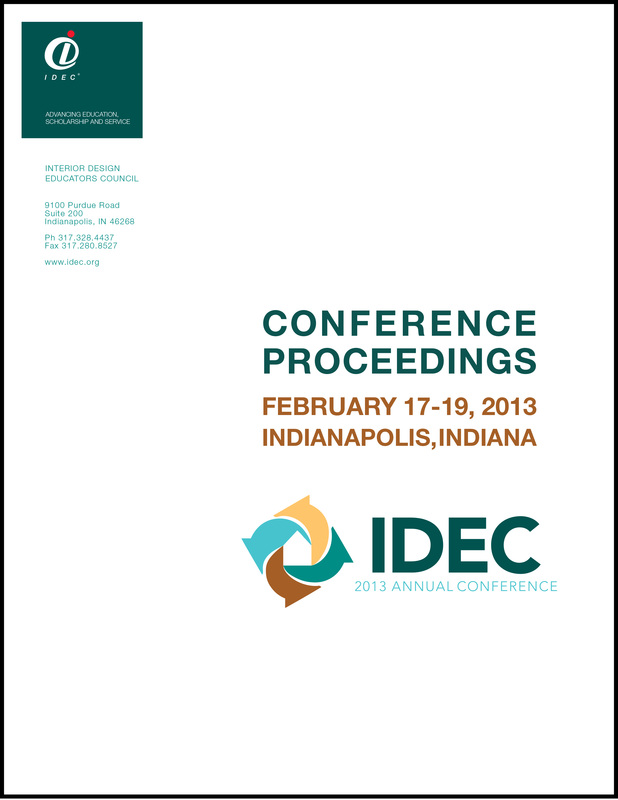|
Conference Presentation
|
AttritionNational IDEC Conference
Indianapolis, Indiana 2013 Thomas Houser
This 1400sf installation was inspired by a foray to a landfill near the Murano glass works in Venice. Everywhere discarded glass fragments were resurfacing in surrealistic second-life tangos with newly-planted, aggressively-spreading ground cover. The hollow beauty of shattered shards was reminiscent of rising bones summoned before the Last Judgment, as seen and heard throughout history, from Ezekiel to Signorelli, Bach to Mozart. At a less esoteric level, the struggle between glass remnants and the landfill raised issues of stewardship of this fragile planet with questions and condemnations surrounding sustainability and recycling. This installation looks at contradictions and similarities in spiritual and temporal thoughts and practices, at hope, despair, promise and loss.
Although not intended as a religious statement, there are unmistakable sacred references here. The 99 Koranic names for Allah are presented on non-representational forms in 3 rising spirals, a number important in many traditions, like the Three Pillars of Buddhism or the Holy Trinity in Christianity. Names for God from Hebrew Scriptures are invoked on the overhead canopy, where floating orbs bear sheet music of the Kyrie Eleison from a mass the artist wrote. The Kyrie offers an appropriate plea when considering sustainability: “Lord, have Mercy. Christ, have mercy. Lord, have mercy on us.” The canopy itself references mandalas and baldachins crossing many cultures and religions. Significantly, all sacred traditions include mandates for us to be stewards of the Earth. The 99 recycled bottles being symbolically raised from the landfill serve as reminders of hope. Because of its mathematical relationships to nature, music, art and the Golden Mean, the Fibonacci sequence starts each arm of the spiral. The locations of sequential numbers are demarcated by bottles filled with silver glitter…. All remaining bottles repeat the colors in the rainbow: the sign of the Ark of the Covenant between God and Man. This use of the rainbow is a positive sign of hope and redemption. However, the same colors are removed systematically one row at a time from the canvas mat at the installation’s base. Symbolically, “hope” is eroded; “attrition” is born. Overhead, storm clouds on the canopy part for the orbs of the Kyrie to pass through. Technology made this installation possible. The basis was a digital photo with iterations altered in Photoshop. The canvas mat was printed on a wide-format printer. The rising forms were engraved and cut by a laser. The overhead structure was cut on a CNC router. Finally, the backlit canopy employed digital photos altered in AutoCAD and Photoshop. Not everything was automated: 99 fishing lines were measured and crimped by hand; 792 plastic parts were pinned together manually; 273 combinations of bolts, acorn nuts, fender washers and hooks were screwed into place on the canopy; and 1601 snaps were pounded together to assemble the floor mat. With concerted effort, the suspended canopy was hoisted into place by 8 men receiving instructions from 2 nervous ladies. |
